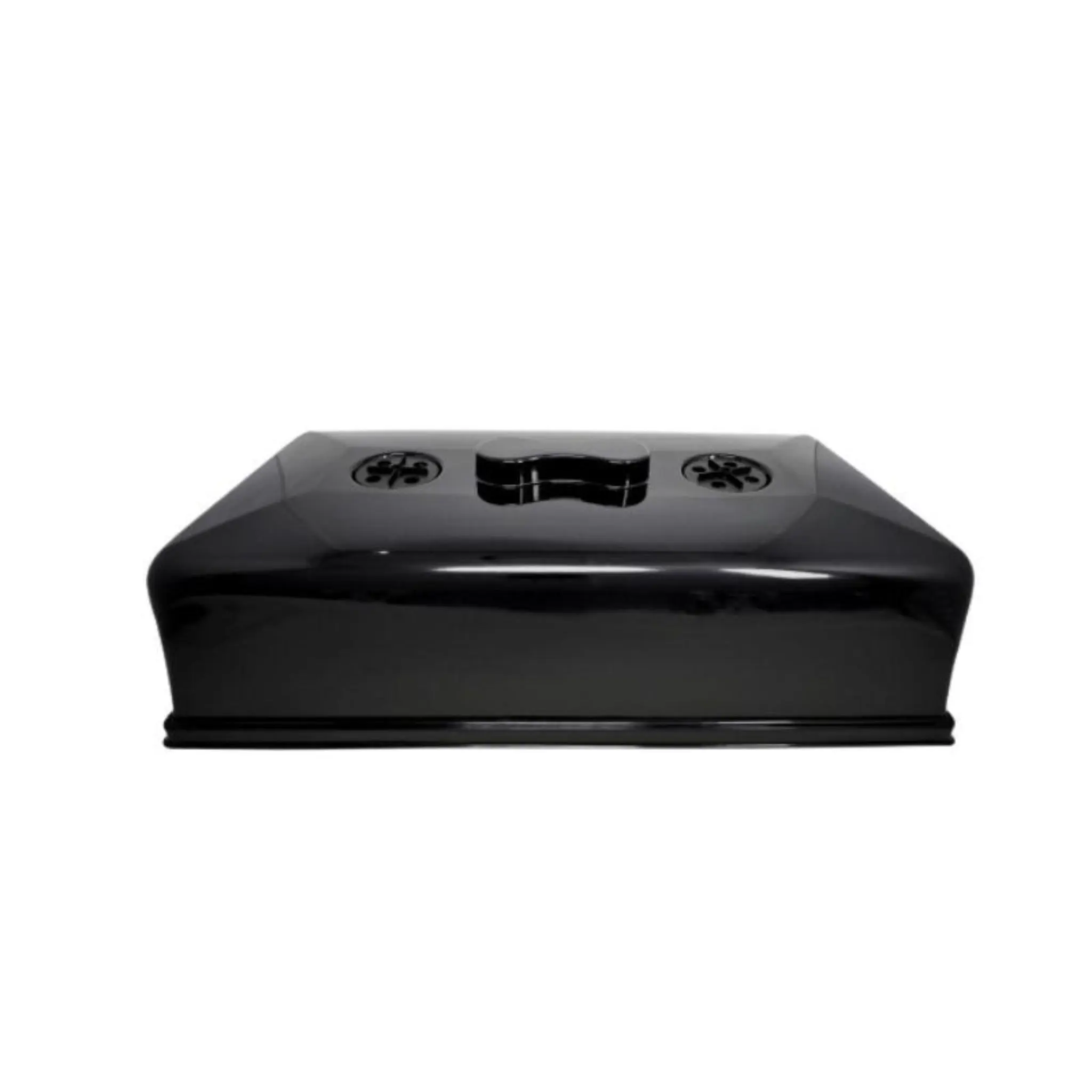Maximizing Microgreen Growth: The Advantages of Blackout Humidity Domes

Introduction
As microgreens require precise environmental conditions for optimal growth, growers have started utilizing blackout humidity domes as an effective tool in their cultivation process. In this article, we explore the benefits of using blackout humidity domes for microgreens and how they contribute to a successful and thriving harvest.
Light Deprivation for Enhanced Growth
Blackout humidity domes are designed to create a controlled growing environment by effectively blocking light. This feature allows growers to implement light deprivation techniques, which play a crucial role in stimulating growth and enhancing the quality of microgreens. By regulating the light exposure, blackout humidity domes mimic natural growth conditions, encouraging longer stems, deeper leaf colors, and increased nutrient density in the microgreens. This controlled light exposure also aids in reducing the risk of leggy growth, ensuring a more compact and visually appealing crop.
Improved Humidity Regulation
Maintaining optimal humidity levels is vital for microgreen cultivation, as these delicate greens require a consistent moisture balance for germination and growth. Blackout humidity domes provide an enclosed space that helps retain moisture, preventing excessive drying or water loss. By reducing evaporation and transpiration rates, growers can create a microclimate that sustains higher humidity levels, fostering ideal conditions for seed germination and promoting healthy root development. This controlled humidity environment also minimizes the risk of damping off, a common fungal disease that can affect young microgreen plants.
Protection from External Elements
One of the primary advantages of using blackout humidity domes is the protection they offer to microgreens against external elements. These domes act as a shield, safeguarding the delicate seedlings from sudden temperature fluctuations, drafts, pests, and airborne contaminants. By creating a barrier, the domes help maintain a stable and favorable environment, allowing the microgreens to thrive without the risk of stress or damage. This protective feature is particularly beneficial for growers in regions with unpredictable weather conditions or for those cultivating microgreens indoors.
Increased Germination Success Rate
Blackout humidity domes contribute to higher germination success rates by providing an optimal environment for seedling establishment. The domes create a microclimate that retains moisture, warmth, and consistent humidity levels, which are crucial for successful germination. The controlled environment also shields the seeds from external disturbances, ensuring a higher percentage of viable seeds sprout into healthy microgreen plants. With increased germination success, growers can achieve more uniform and bountiful harvests, ultimately maximizing productivity.
Enhanced Crop Management
Blackout humidity domes simplify the management and care of microgreens throughout their growth cycle. The enclosed environment allows for efficient monitoring of the plants, making it easier to assess their progress and make necessary adjustments. Additionally, the domes prevent excessive watering and minimize the need for frequent irrigation, reducing the risk of overwatering and related issues. This streamlined crop management process saves time and effort for growers while providing an optimal environment for microgreen growth.
Conclusion
Blackout humidity domes offer numerous benefits for cultivating microgreens, ensuring optimal growing conditions, and maximizing harvest quality and quantity. By providing controlled light exposure, maintaining ideal humidity levels, and protecting against external elements, these domes create an environment conducive to successful germination, healthy growth, and vibrant microgreen production. With their ability to streamline crop management, blackout humidity domes are a valuable tool for growers seeking consistent and high-quality yields. Incorporating these domes into microgreen cultivation practices is a smart investment that can lead to thriving and visually appealing crops.

